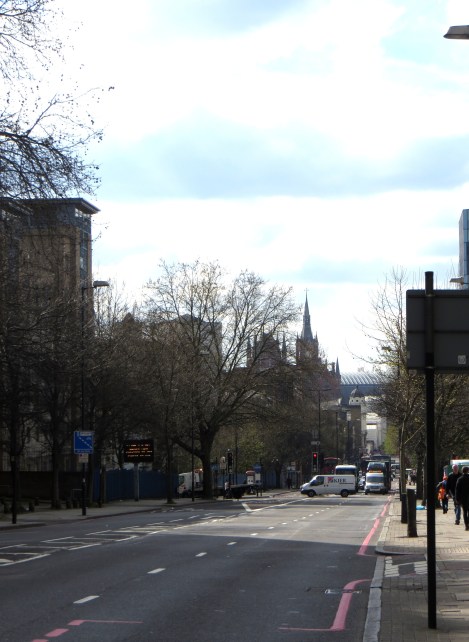‘Pentonville, a large district on the north side of the New Road, was unbuilt upon till 1773, when the fields of Mr Henry Penton were appropriated to receive the increasing population. Of late years it has extended rapidly..’.

The association of the Penton family with this area began in 1710 when Henry Penton of Lincoln’s Inn bought 87 acres, fertile land with springs, between today’s York Way and Islington High Street. A later relative, Henry Penton III (1736-1812), MP for Winchester, was responsible for the development of the estate which was laid out (plan below) in a grid system on high ground.

The main road was The New Road, later named Pentonville Road.



Penton Street was the first street and ended in Brunswick Place, in front of White Conduit House. After that the route continued as a footpath to Highgate.

‘White Conduit House, a once favourite place of entertainment… was demolished in 1849 and a street and a smaller tavern were erected in its grounds..’. The White Conduit was an enclosed water supply to the Charterhouse, at some point enclosed in a small, white building. It was at the junction of Barnsbury Road and Dewey Road but by 1831 nothing remained of the conduit or its enclosure.



White Conduit Fields was an early venue for cricket, the first site for the later MCC.

A few of the original houses remain in Chapel Market, but one doesn’t really gain a sense of what must have been a peaceful and elegant area, with several large mansions.

Perhaps a hint of the past in Pentonville Road, with this row of houses?


And adjacent to Euston Station, but not strictly part of Pentonville –

All Victorian residential areas were developed with churches. Claremont Chapel, an independent or congragationalist chapel, was built on the Pentonville Road by Thomas Wilson of Highbury, a silk mercer, and opened in 1819. Later additions resulted in the current white stucco, and the building is now home to The Crafts Council.

St James’s Pentonville was a more conventional church, begun in 1787 as a Chapel of Ease for Clerkenwell, and finally demolished in 1984. The current building is offices, with a replica façade.

And in the surrounding grounds a reminder of the history of the site –

Pentonville did not retain its elegance and since WWII has been mainly rebuilt with Council Housing.
You may be interested in
A family history which includes White Conduit House (and engraving of 1731 above)
The Development of Pentonville

I would love to hear from you!